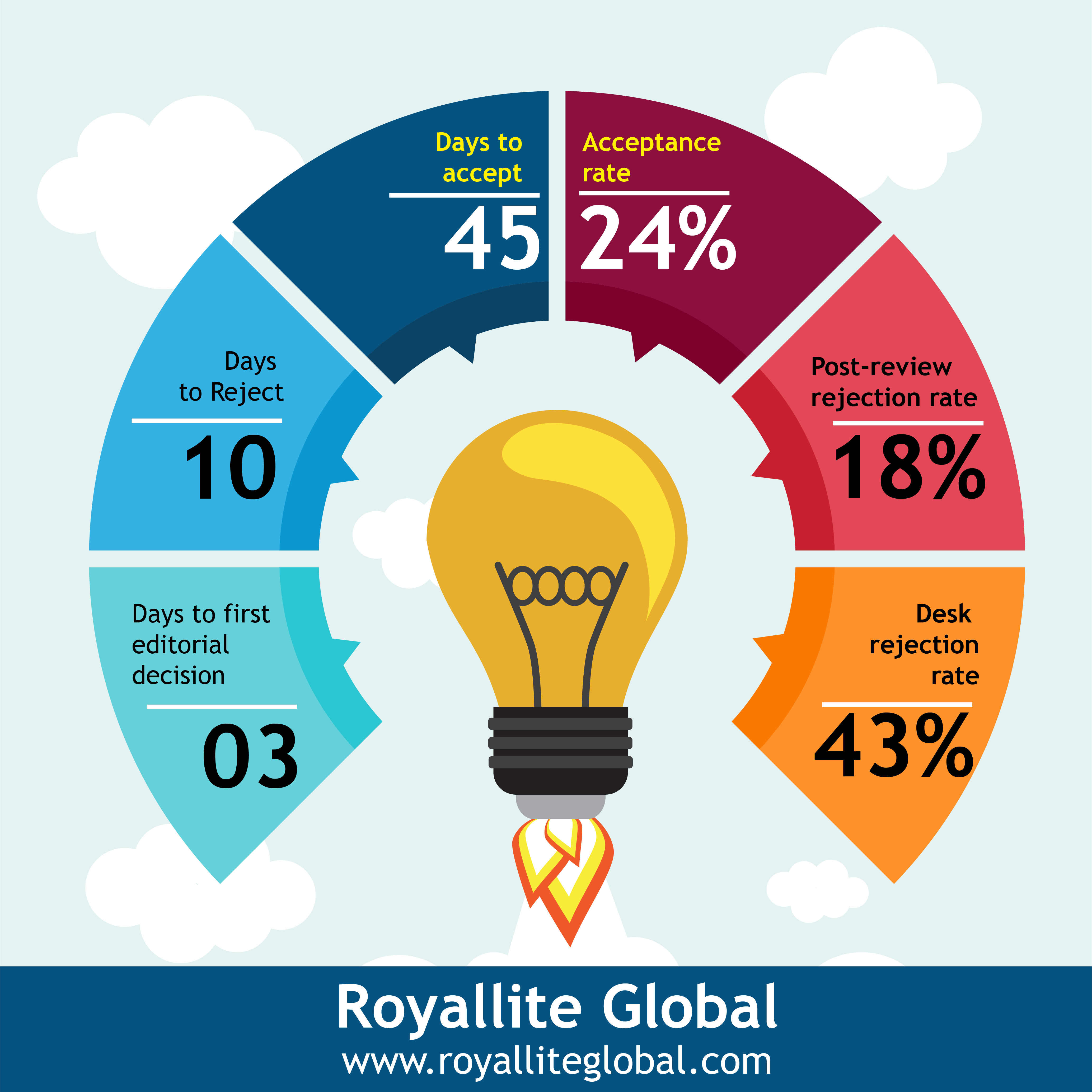Analysis of the syntactic structure of proverbial personal names in Dagbani
Keywords:
Syntactic structure, Dagbani, proverbial personal names, Culture, Compound sentences.Abstract
This study focused on the syntactic analysis of proverbial personal names in Dagbani. Among the Dagbamba, names and for that matter proverbial personal names are not only significant in expressing their tradition and culture but they also contain grammatical properties. The study discussed the syntactic structure of proverbial personal names in Dagbani. The primary data was obtained from native speakers while the secondary data was taken from a selected group of Dagbani literature books and the school registers of a selected school. In all two hundred and eighty (280) proverbial personal names were collected and one hundred and twenty (120) names analysed. Syntactically, the study showed that Dagbani proverbial personal names can be analysed into phrases and sentences. They can be analysed into simple and compound sentences which function as imperatives, declaratives, interrogatives and conditional sentences.
References
Agyekum, K. (2006). The Sociolinguistics of Akan Personal Names. Nordic Journal of African Studies, 15(2); 206-235.
Akmajian, A., A. R. Demers, K. A., Farmer, & M. R., Harnish. (2001). Linguistics. An Introduction to Language and Communication, 5th Ed. England: Cambridge Press.
Akpanglo-Nartey, J. (2002). Introduction to Linguistics for Non-native Speakers of English. 2nd Edition. University of Education, Winneba. Tema: SAKUMO Books
Asika, E. I. (2017). Telling the African Side of the Story: Proverb as a Crucial Element in Uchenna Nwosu’s, The Rejected Stone. http://dx.doi.org/10.43314/ujah.v13i1.2.
Awedoba, A. K. (1999). An Introduction to Kasena Society and Culture through their Proverbs. New York: University Press of America.
Bodomo, A. B. (1996). On Language and Development in Africa: The case of Ghana. Nordic Journal of African Studies, 78-802.
Fraenkel, J. R and Wallen, N. E (2003). How to Design and Evaluate Research in Education. New York. McGraw Companies.
Finnegan, R. (1970). Oral Literature in Africa. New York: Oxford University Press.
Finch, J. (2008). Naming Names: Kinship, Individuality and Personal. Sociology. 42(4), 70-72.
Issah, A. S (2013). The Structure of the Dagbani Simple Noun Phrase. South African Journal of African Languages. http://dx.doi.org/10.1080/02572117.2013.871462
Issahaku, D. P. (2013). Dagban Yu’ Ŋuha. Tamale: Ghana Institute of Linguistics, Literacy and Bible Translation. GILLBT Press.
Lightfoot, W. D. (2002). “Noam Chomsky Syntactic Structures”. (2ed). Berlin: New York.
Mac Coinnigh, M. (2015). Structural Aspects of Proverbs. In H. Hrisztova-Gotthardt, & Aleksa Varga (Eds.). Introduction to Paremiology: A Comprehension Guide to Proverb Studies. Berlin: de Gruter.
Mahama, I. (2004). History and Tradition of Dagbon. Tamale: GILLBT Printing Press.
Olawsky, J. K. (1999). Aspects of Dagbani Grammar. Münich: LINCOM.
Olatunji, A., Issah, M., Noah, Y., Mohammed, A. Y. & Sulaimana, A. (2015). Personal Name as a Reality of Everyday Life: Naming Dynamics in Select African Societies. The Journal of Pan African Studies, Vol., 8, No., 3.
https://www.academia.edu/10985553.
Radford, A. (2004). An Introduction to English Sentence Structure. New York: Cambridge University Press.
Sanaudin, S. (2015). Proverbs and Patriarchy: Analysis of Linguistic Sexism and Gender Relations among the Pashtuns of Pakistan. Unpublished PhD Thesis. Scotland: University of Glasgow.
Schachter, P. & Shopen, T. (2007). Parts-of-Speech Systems. In Shopen, T. (ed.) Language Typology and Syntactic Description. 2nd edition. Vol. 1, Clause Structure. New York: Cambridge University Press.
Published
Issue
Section
License
Copyright (c) 2021 Abdul Rahaman Musah

This work is licensed under a Creative Commons Attribution-NonCommercial-ShareAlike 4.0 International License.
This open-access article is distributed under a Creative Commons Attribution (CC-BY) 4.0 license.
You are free to: Share — copy and redistribute the material in any medium or format. Adapt — remix, transform, and build upon the material for any purpose, even commercially. The licensor cannot revoke these freedoms as long as you follow the license terms.
Under the following terms: Attribution — You must give appropriate credit, provide a link to the license, and indicate if changes were made. You may do so in any reasonable manner, but not in any way that suggests the licensor endorses you or your use.
No additional restrictions You may not apply legal terms or technological measures that legally restrict others from doing anything the license permits.






